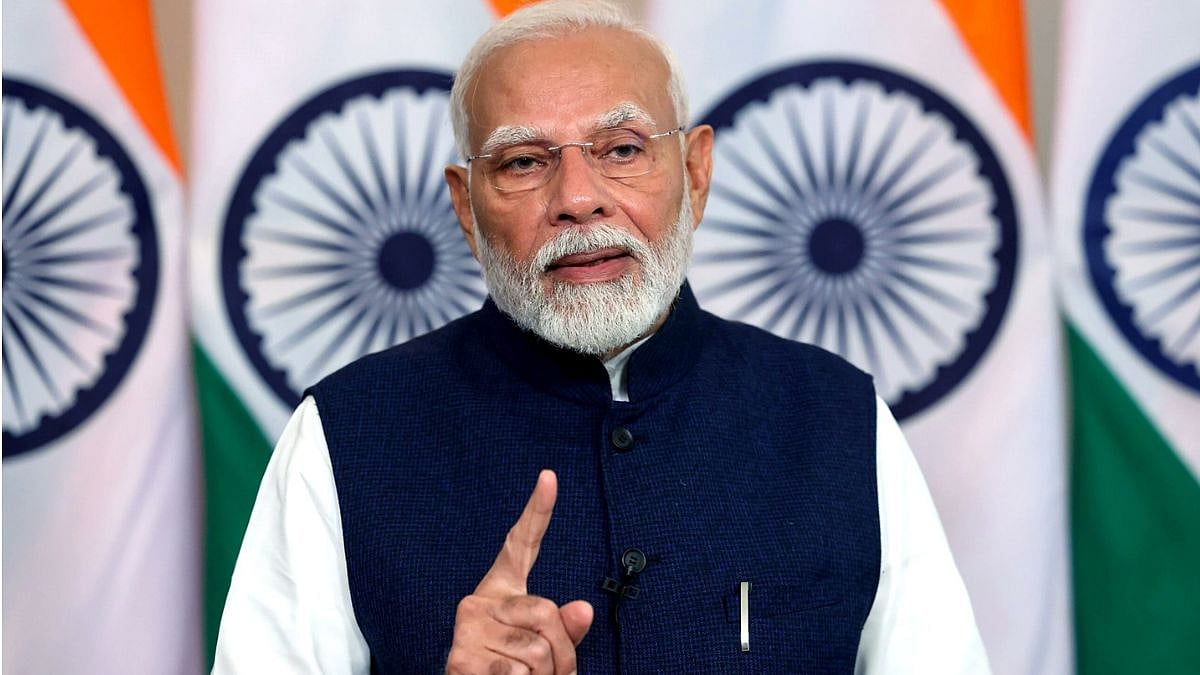India’s energy policy is poised for a transformative journey that can be aptly termed the “Green Enercade” — a decade dedicated to the widespread adoption of clean and sustainable energy sources.
With an unwavering commitment to combat climate change, India is embracing renewables, such as solar and wind power, at an unprecedented pace.
The nation’s focus on green technologies not only promises to reduce carbon emissions but also fosters economic growth, job creation, and energy security. Through strategic investments, policy reforms and international collaborations, India is laying the foundation for a brighter, more environmentally conscious future, setting a positive example for the world as it embarks on this green energy decade.
India is one of the fastest-growing economies in the world, yet per capita emissions of greenhouse gases are substantially lower than the world average. The country is striving to achieve a fine balance between meeting its surging energy needs and reducing carbon emissions; this is despite a large population, whose aspirations are more vigorous than ever before. India has set its sights towards a brighter, sustainable future, driven by the power of green energy and the pursuit of peace.
India has set a target to reduce the carbon intensity of the nation’s economy by less than 45% by the end of the decade, achieve 50% cumulative electric power installed by 2030 from renewables, and achieve net-zero carbon emissions by 2070. India aims for 500 GW of renewable energy installed capacity by 2030. India has already achieved its target of 40% installed electric capacity from non-fossil fuels. It has the fourth largest installed capacity of solar and wind power in the world.
The Indian Green Enercade, a vision for the next decade and beyond, aims to shape a future characterised by abundant resources, collaboration, and a resolute commitment to peaceful coexistence. India’s commitment to green energy has gained momentum in recent years, with a strong focus on hydrogen as a key component of its energy transition. Over the next five years, India plans to establish a robust hydrogen ecosystem, creating a clean and versatile energy source.
The government’s National Hydrogen Mission is set to unlock the potential of green hydrogen production through electrolysis powered by renewable energy sources.
Hydrogen can be utilised for long-duration storage of renewable energy, replacement of fossil fuels in industry, clean transportation, and potentially also for decentralised power generation, aviation and marine transport. The Union Cabinet approved the National Green Hydrogen Mission with a total initial outlay of Rs 19,744 crore, including an outlay of Rs 17,490 crore for the SIGHT programme, Rs 1,466 crore for pilot projects, Rs 400 crore for R&D, and Rs 388 crore towards other Mission components. By 2025, India aims to have 5 GW of electrolysers installed, facilitating the production of green hydrogen.
Hydrogen is a versatile energy carrier that can be used for power generation, transportation and industrial applications, significantly reducing carbon emissions. India’s emphasis on hydrogen is not only an environmentally responsible choice but also a strategic move towards energy independence and a more peaceful world. Reduced dependence on fossil fuels will minimise the geopolitical conflicts often associated with energy resources.
Critics of green hydrogen often point out the considerable challenges it faces. One primary concern is the high production cost, mainly driven by the energy-intensive electrolysis process required to separate hydrogen from water. This cost factor makes green hydrogen less economically competitive compared to other clean energy alternatives. Additionally, the energy losses in the electrolysis process can be significant, reducing its overall efficiency. Transporting and storing hydrogen can also pose technical difficulties and safety concerns, as hydrogen is a highly volatile gas.
Looking a decade ahead, an ambitious fusion energy programme offers a glimpse into a future where clean and virtually limitless energy becomes a reality. Fusion, the process that powers the sun, offers the promise of clean energy without the drawbacks of nuclear fission, such as radioactive waste and proliferation risks. Collaborative international efforts in fusion research can pave the way for a more interconnected world, where nations work together towards a common goal, rather than competing for limited resources.
India’s green energy journey is backed by substantial investments. The government has allocated significant funds for research and development in the hydrogen and fusion sectors. Private sector participation and foreign collaborations are also playing a pivotal role in accelerating progress. The country's renewable energy capacity has grown steadily over the years, with solar and wind power taking the lead.
India’s Green Enercade is not just about energy; it's about the promise of a future where nations come together to address the most pressing global challenges. By investing in green energy sources like hydrogen and fusion, India is making a significant contribution to the worldwide pursuit of sustainable development and peace. The shift towards green energy sources not only mitigates climate change but also reduces the potential for conflicts over finite resources.
The advent of green energy, including renewables like solar, wind and the promise of fusion energy, holds the key to a brighter and more sustainable future. These technologies have the potential to transform the quality of life for countless individuals by providing clean, reliable and affordable power sources. As urbanisation continues to surge, green energy can mitigate the environmental impacts associated with rapid urban growth. Cleaner air, reduced pollution and more efficient transportation can significantly improve the health and well-being of urban populations.
Importantly, green energy is not just about technological advancements; it’s about equity and access. It empowers communities by creating economic opportunities and providing energy access to remote regions, thereby improving the material comfort and overall standard of living for a larger portion of the global population.
Moreover, the adoption of green energy is a fundamental step towards preserving our natural environment. This shift represents the beginning of a larger movement, a collective commitment to harmonise our modern way of life with the delicate balance of nature, ensuring a sustainable future for generations to come.
Shailesh Haribhakti is an independent director on corporate boards. Twitter @ShaileshHaribh2. Srinath Sridharan is a policy researcher and corporate advisor. Twitter @ssmumbai











